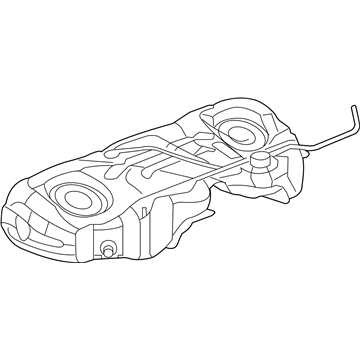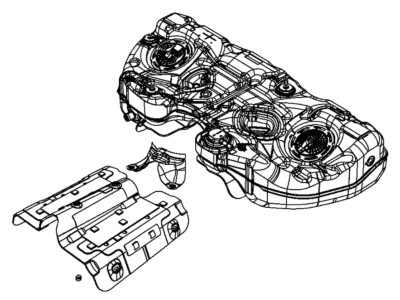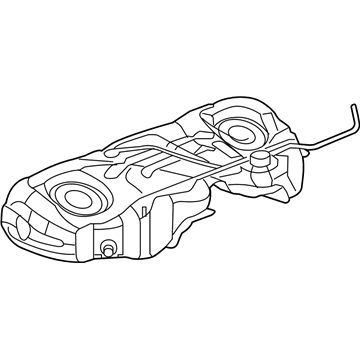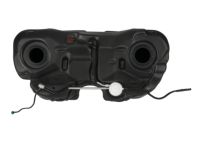
My Garage
My Account
Cart
Genuine Dodge Challenger Fuel Tank
Gas Tank- Select Vehicle by Model
- Select Vehicle by VIN
Select Vehicle by Model
orMake
Model
Year
Select Vehicle by VIN
For the most accurate results, select vehicle by your VIN (Vehicle Identification Number).
16 Fuel Tanks found


Dodge Challenger Fuel Tank Rear
Part Number: 68051891AA$1314.50 MSRP: $2000.00You Save: $685.50 (35%)


Dodge Challenger Fuel Tank
Fuel Tank of Dodge Challenger vehicles is a storage unit, where is placed the electric fuel pump and fuel gauge sender. It also operate an important component of the Evaporative Emission Control System (EVAP) to avoid the leakage of fuel vapours. Most of these tanks can be made of metal or plastics; metal ones are made of stamped and welded method while the plastic ones are blow-molded High Density Polyethylene (HDPE). Current Formula racing vehicles use fuel cells that are created to avoid puncturing and spilling gas in the case of an accident; the most widely used type comprised of a flexible bladder in which fuel is stored. Also, large fuel tanks resistant to corrosion which can increase the driving range by up to 500 miles are developed using military strength polymer.
Looking for affordable and high-quality auto parts? Then you have already arrived at the proper online shop. We offer all Dodge Challenger Fuel Tank at great affordable prices. Moreover, all genuine Dodge Challenger Fuel Tank come with a manufacturer's warranty. In the long run, you would realize you have saved a lot of trouble and money with OEM parts from here.
Dodge Challenger Fuel Tank Parts Questions & Experts Answers
- Q: How to Remove the Fuel Tank on Dodge Challenger?A:To remove the fuel tank, start by relieving the fuel system pressure and disconnecting the cable from the negative battery terminal. If possible, drain as much fuel as you can from the tank. Remove the lower cushion from the back seat and the foam pad covering the access covers for the Fuel Pump/Fuel Level Sensor module and the fuel filter/Fuel Pressure Regulator/fuel level sensor. Disconnect the electrical connector from the fuel pump/fuel level sensor module. Loosen the rear wheel lug nuts, raise the vehicle, and remove the rear wheels. Remove the left rear inner fender shield and disconnect the quick-connect fittings for the filler neck vent line, EVAP vent line, and fuel supply line in the rear wheel wells. Disconnect the fuel filler neck hose and remove the under-body splash shields. Remove the exhaust pipe(s) and the driveshaft, and if equipped, remove the heat shield from under the vehicle. Support the fuel tank, remove the fuel tank retaining strap bolts, and lower the fuel tank carefully, making sure all connections are disconnected. For installation, transfer components to the new fuel tank if needed, and tighten the fuel tank strap bolts securely. After installation, activate the fuel pump to build up fuel pressure, and check for any fuel leakage.
















































